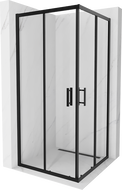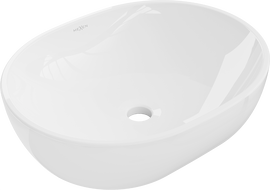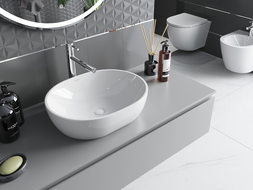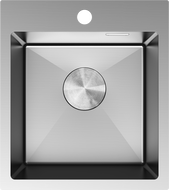
Proper kitchen lighting allows you to use the space even when there is no more possibility of using natural light. Additionally, it can highlight the unique character of the interior. More and more people are deciding to supplement the main lighting with additional light points in the form of LED strips placed under kitchen cabinets or as spotlights above the work surface.
Why is the Color of Light So Important?
When choosing LED lighting for the kitchen, special attention should be paid to the color of the light. Simply put, we can choose between cool light and warm light. The decision about which type to choose is a personal matter, but it is worth remembering this distinction. During the day, it's best to use sunlight, as it is best suited to our biological needs. Unfortunately, in our geographic latitude, for most of the year, we often need to rely on artificial kitchen lighting and other rooms.
The ideal solution is such LED lighting that doesn't strain the eyes, while allowing free use of the kitchen. In other words, it is neither too dark nor too bright. Here we get to the color of the light, contrary to what one might sometimes hear, the color of the light does not affect its intensity or power consumption. The most common recommendations regarding proper lighting selection state that it should be as close as possible to natural daylight. Therefore, a neutral color will be an excellent solution, both for the lamp placed in the center of the room and for additional light sources.
Light in the Kitchen – Warm or Cool?
The question posed above cannot be answered unambiguously, as it depends on many factors, primarily the preferences of the kitchen owners. It is definitely more important that lighting needs are fully met. You can decide to light your kitchen uniformly, meaning both the main light source for the kitchen and additional lighting can be either cool or warm. The second option is to combine both types of light. This solution works perfectly, especially in a large kitchen.
When pondering what color of light to use in the kitchen, it's worth paying attention to your feelings in the rooms where different types of light are installed. Some claim that using cool light in a space creates a cold effect, something between a factory and a clinic. If you like such atmospheres, then cool light is meant for you. On the other hand, warm light is associated with the sun, fire, and is most often linked to a cozy and friendly atmosphere. Therefore, many people choose warm light as central lighting.
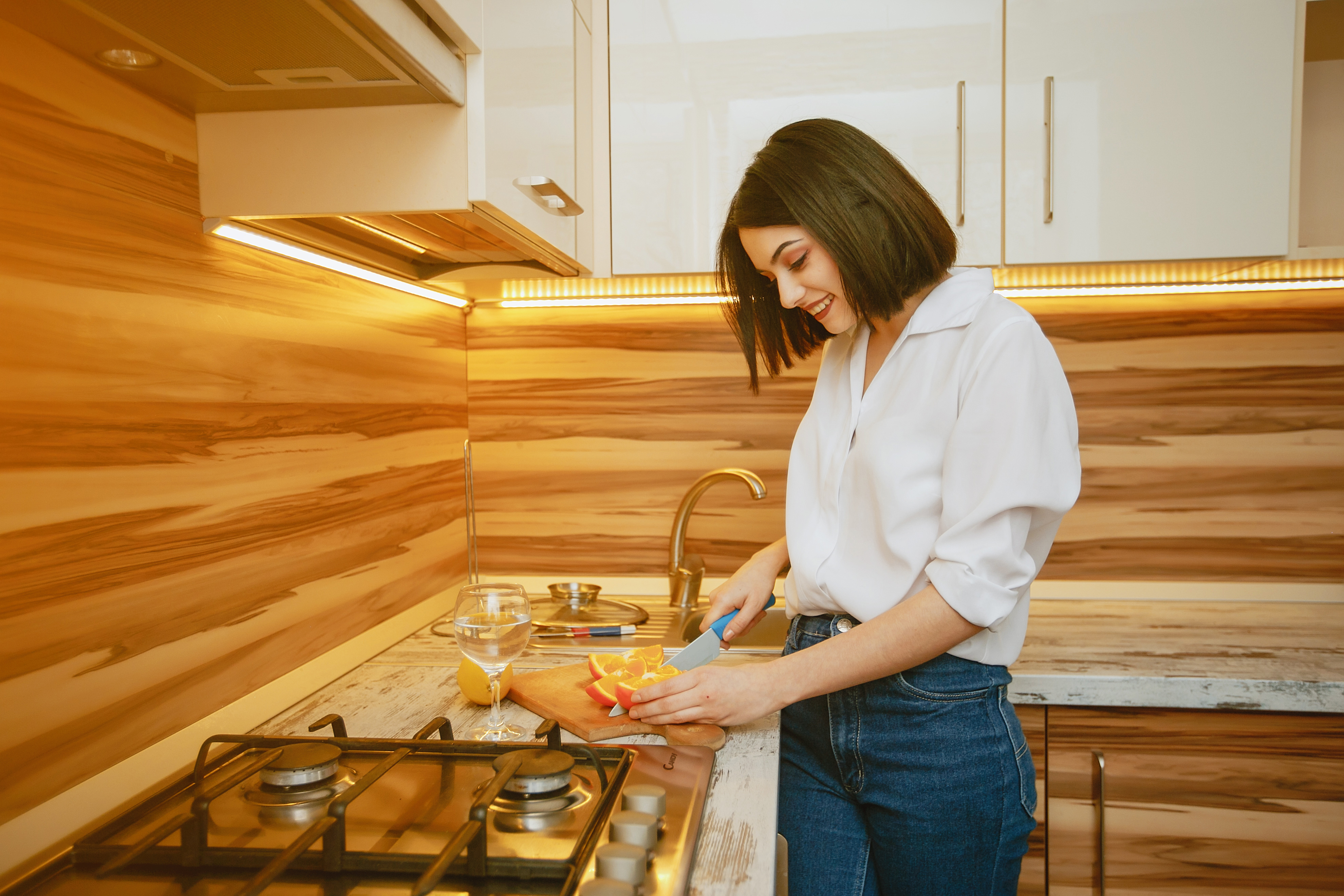
Which Color of Light for Which Kitchen?
Light helps shape the character of the interior, and photographers know this very well. So if you want to give your kitchen a specific style, take care of the appropriate central and additional lighting. Neutral light will suit any kitchen, but if you dream of a room in an industrial style, the best choice would be cool light. LED strips placed under cabinets and around the worktop will help highlight the modern character of the interior.
In kitchens that are decorated in a more traditional way, warm light will definitely work better. Especially as the main lighting, which is used during meals. You will appreciate the warm color during dark autumn and winter mornings. The color of the light reminiscent of sunny rays can help you fully wake up and put you in a good mood for the entire day.
How to Arrange Lighting in the Kitchen?
Decorative lighting plus work lighting – this solution can be found in most modern kitchens. Usually, pendant lamps are complemented by LED strips placed under kitchen cabinets and near the kitchen countertop. LED strips are a great addition but cannot replace central lighting. When installing LED strips, we think rather of decoration or highlighting some places than ensuring proper lighting.
When considering which LED strip to choose, you should again ask yourself what visual effect you want to achieve. Warm color will allow you to create a kitchen with a cozy, very homely character. LED light placed in the right spots can additionally warm up the space. On the other hand, cold light in the kitchen is an excellent way to emphasize modern furniture and decorative accessories.
In summary, considerations about what color of light is best for the kitchen can be deemed that it largely depends on the effect you want to achieve. LED for the kitchen can work as both warm and cool light. The most important thing is the proper intensity of kitchen lighting. It should be bright enough to work comfortably, yet pleasant enough to enjoy meals there.

